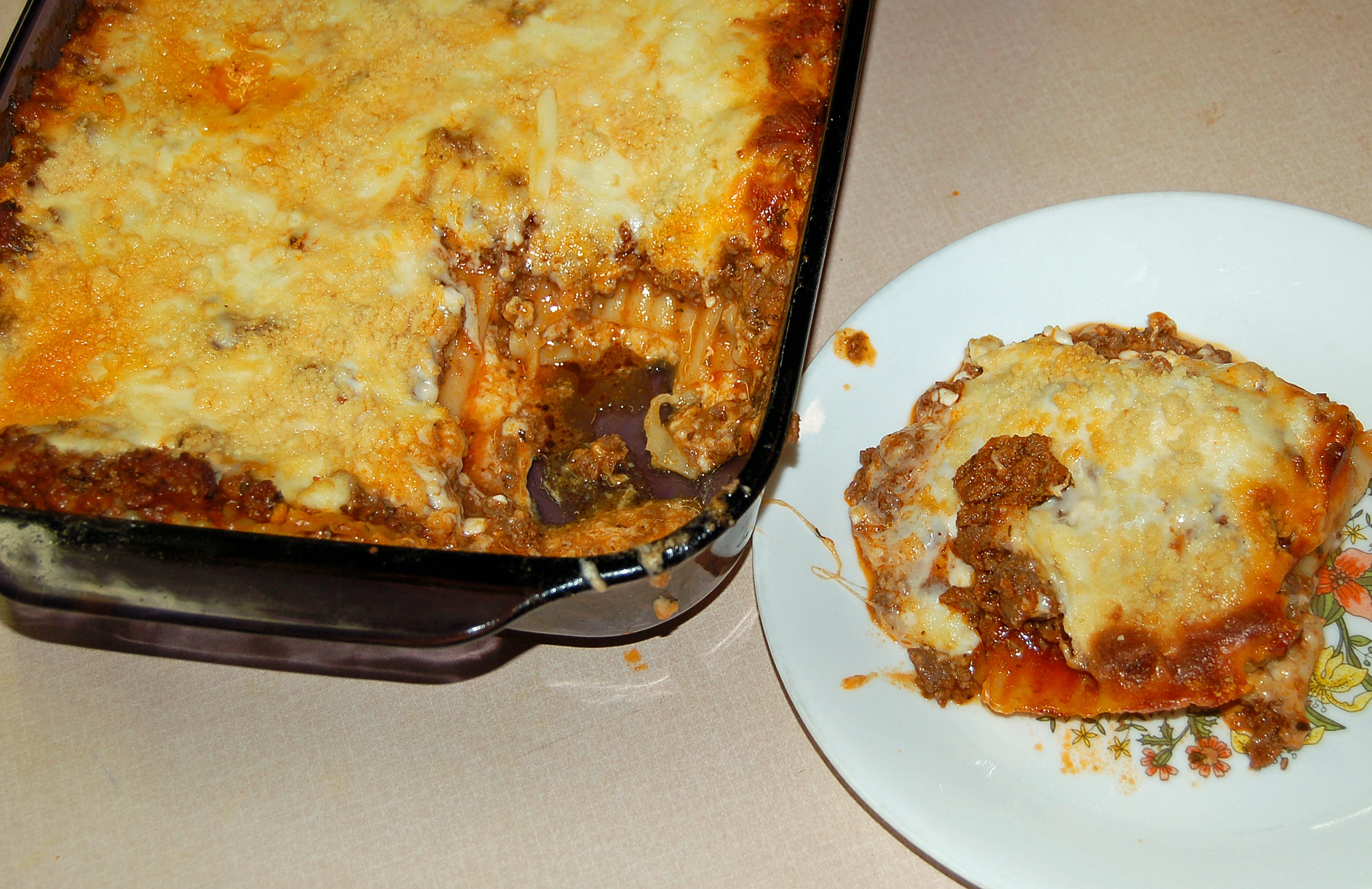Another standard around the Rainer household involved tenderized venison.
Smothered Country-Fried Venison Steaks
2 pounds cubed venison steaks (1/2- to 3/4-inch cuts)
Milk (whole or 2%)
2 cups all-purpose flour, divided
Seasoned salt and black pepper to taste
¼ cup bacon grease or oil (olive or vegetable), depending on how healthy you’re eating
2 cups water
1 cup coffee
1 cup extra-long-grain rice
If the venison steaks haven’t been run through a cuber/tenderizer several times, then pound each piece with a meat mallet. Soak venison steaks in cold water for several hours, changing the water several times to soak out the blood. Drain steaks well, dip in milk (whole or 2 %) and dredge in 1 cup flour with seasoned salt and pepper already mixed in. Brown in oil in large skillet. (You can stop right there and enjoy, or you can go ahead and make the gravy.) Take remaining cup of flour and add to skillet, stirring constantly until desired color is achieved, and then add water and coffee (mixed) to desired thickness. Put steaks in Crock-Pot, pour gravy over the top and simmer on low.
While the venison is simmering, turn to the rice. When the rice is done, the venison will be ready. Spoon the venison and gravy over rice. Serves 6-8.
One of the many things that COVID-19 has taken from those who love to eat wild game is the opportunity to participate in one of the Alabama Wildlife Federation’s (AWF) Wild Game Cook-Offs. Some of the best food I’ve ever tasted has been at these events.
If I were ever to appear on Food Network’s “The Best Thing I Ever Ate” in a wild game category, I would highlight the dish that Beth Strickland prepared as part of the Middle Bay Boat Company team during the AWF Gulf Coast Cook-Off. This dish takes a little effort but is well worth it.
Stuffed Tenderloin with Whiskey Beurre Blanc
Venison tenderloin (backstrap)
Marinade:
1 cup Italian dressing
1 tablespoon Worcestershire sauce
1 tablespoon minced onion
1 teaspoon garlic
½ teaspoon pepper
Stuffing:
1 asparagus bundle, trimmed
1 red bell pepper, thinly sliced
8 tablespoons butter
Steak dry rub seasoning of your choice
6 ounces feta cheese
Package of sliced prosciutto
Bamboo skewers
Sauce:
8 tablespoons butter
1 sweet onion, chopped
¼ teaspoon garlic
1 cup Jim Beam Whiskey
1 cup beef broth
1 cup heavy cream
Dash of salt
Dash of pepper
Flour (optional)
Mix all marinade ingredients together and pour on the tenderloin (backstrap) in a large Ziploc bag. Refrigerate the tenderloin for 2-3 hours.
After the tenderloin is marinated, start preparing the stuffing. Trim the asparagus. Slice the red bell pepper into thin strips. Melt the butter in a large skillet on medium heat. Add asparagus and cook for 8-10 minutes until slightly tender. Remove the asparagus and add the bell pepper to the same melted butter. Cook on medium heat for 8-10 minutes until the bell pepper is slightly tender.
Prep the tenderloin by butterflying lengthwise; be sure not to cut all the way through the meat. Cut the tenderloin into 3- to 4-inch sections. Depending on the size, this should yield 5-8 pieces. Dust each section with the steak seasoning. Use a Jaccard meat tenderizer to make the meat more pliable for stuffing. Place a spoonful of feta, 3 stalks of asparagus and 3-4 strips of red bell pepper in each section. Wrap the meat so that the feta is secure and the asparagus sticks out each end. Wrap in 2-3 slices of prosciutto, and secure with skewers.
In a clean pan, prepare the sauce by caramelizing onions and garlic in butter on medium-high heat. Turn the heat down. Add the whiskey and allow it to simmer a few minutes until the alcohol evaporates. Then add the beef broth and continue to simmer a few minutes while whisking. Continue to whisk while adding in the cream. Dash with salt and pepper, and let the sauce simmer and bubble on low, continuing to whisk gradually, while grilling the meat. If sauce is too runny add a little flour to thicken.
Heat your grill to a medium heat. Grill each side 5-10 minutes, until the prosciutto is slightly crisp. Remove and let sit for 5 minutes. Remove skewers, cut in half and drizzle sauce on top to serve.
Of course, none of the venison dishes will be worth eating if the deer is not properly cared for after harvesting. The best way to ensure top-quality venison is prompt action in the field, whether the deer ends up at home or at the professional processor.
Obviously, the sooner the deer can be cleaned and gutted, the better. After you skin the deer, remove the area around the wound with bloodshot flesh. Rinse the carcass down and remove any hair or debris.
Then it’s time to get the deer cooled down as quickly as possible, but it’s not as simple as throwing the quartered deer on top of a bag of ice. To get the deer cooled down properly, put a layer of ice on the bottom of the ice chest, followed by the deer meat, followed by another layer of ice. Keep the ice chest drain open to let the water flow out.
Aging venison helps the flavor and helps to tenderize the meat when done correctly. Seven days is about the maximum time for deer to age. If you’ve got a walk-in cooler where you can hang the deer, that is the best option. However, a well-iced cooler will work, just remember to keep the venison completely covered in ice the whole time. If the meat gets exposed to the air and warms to above 40 degrees, bacteria starts to grow.
Take care of your deer and enjoy the fruits of your harvest.
###








